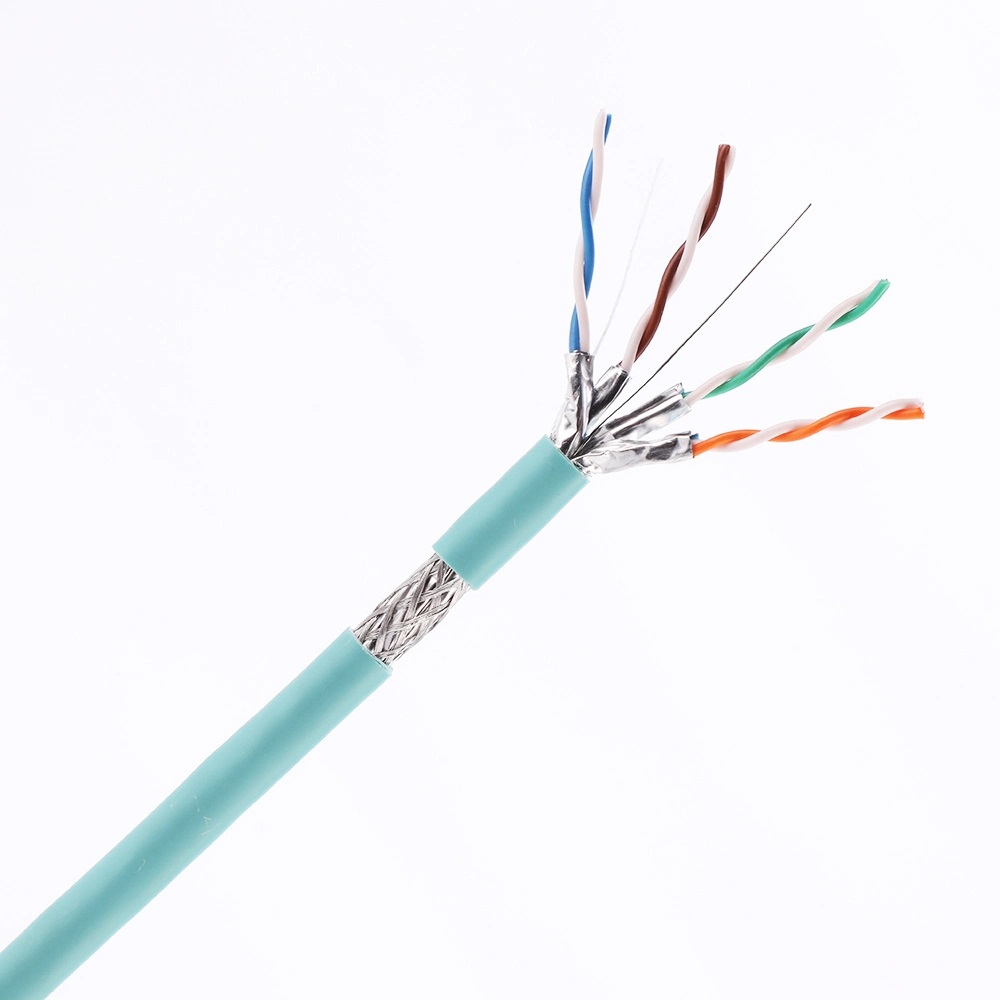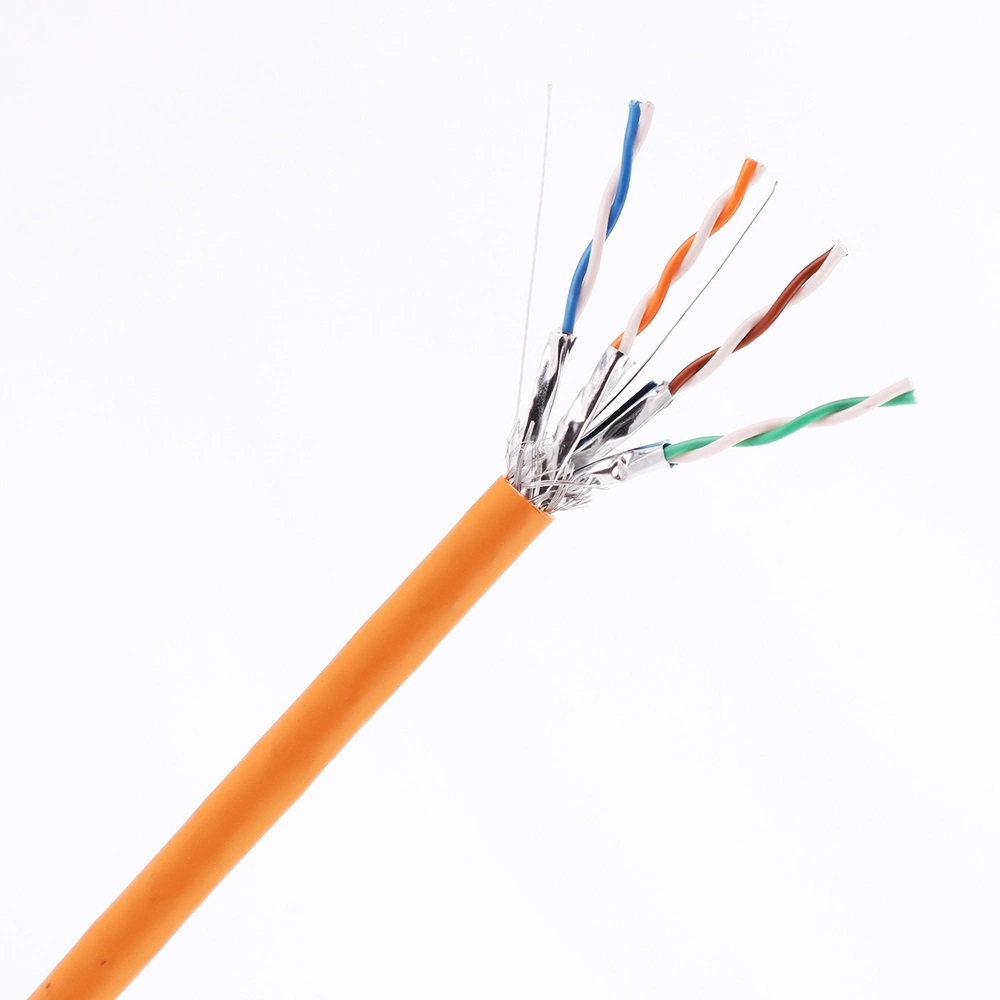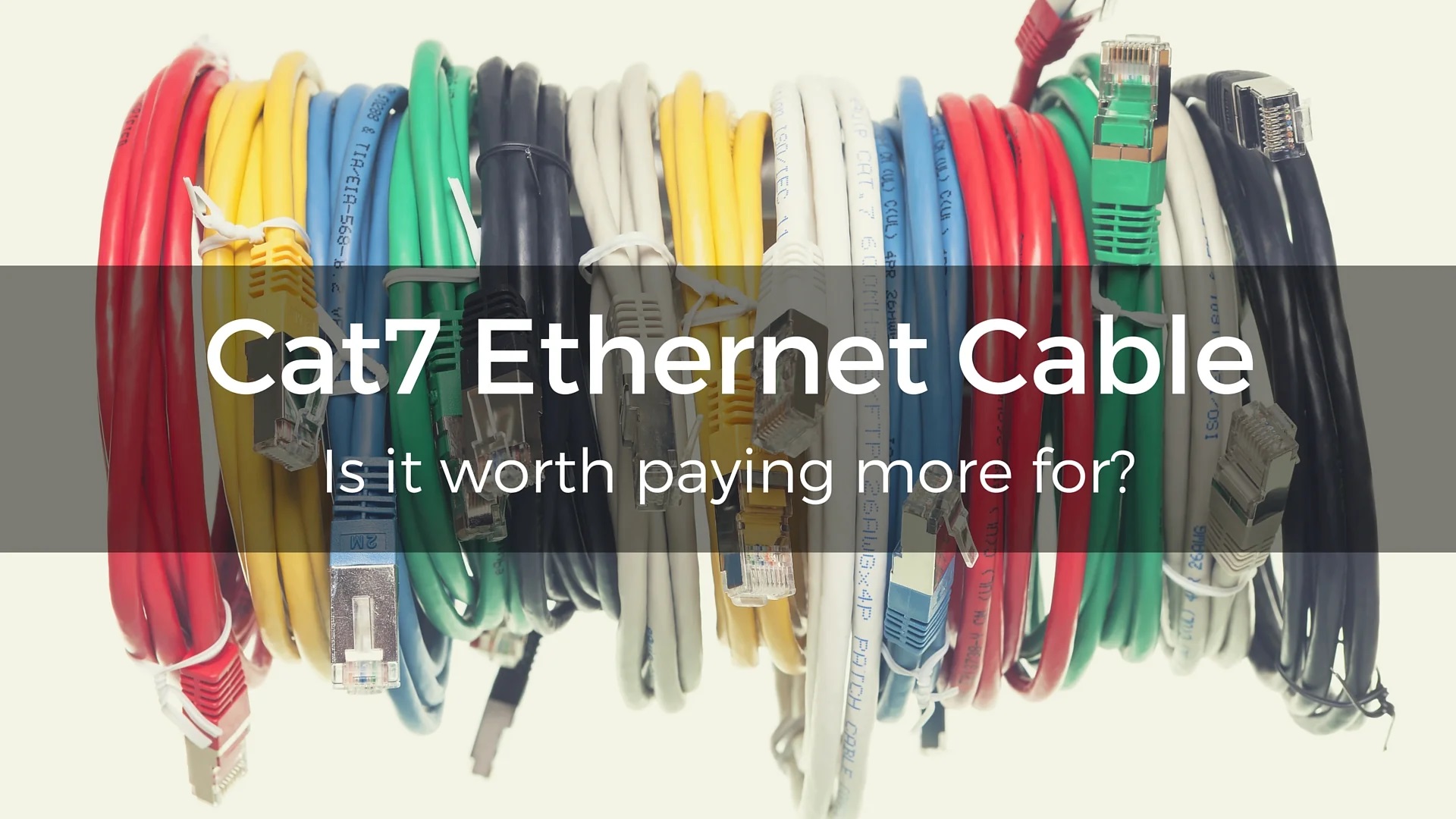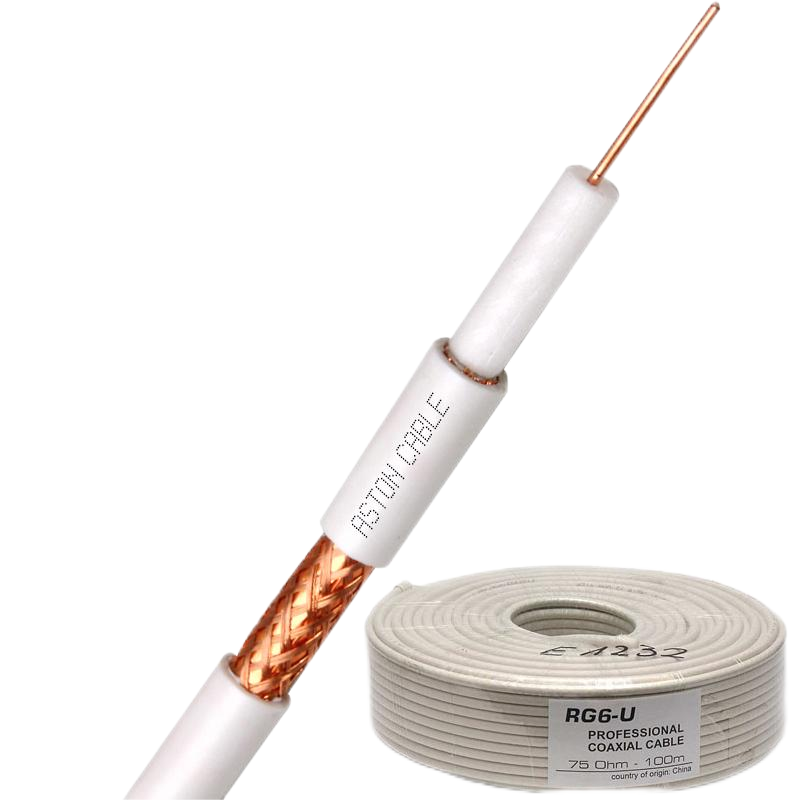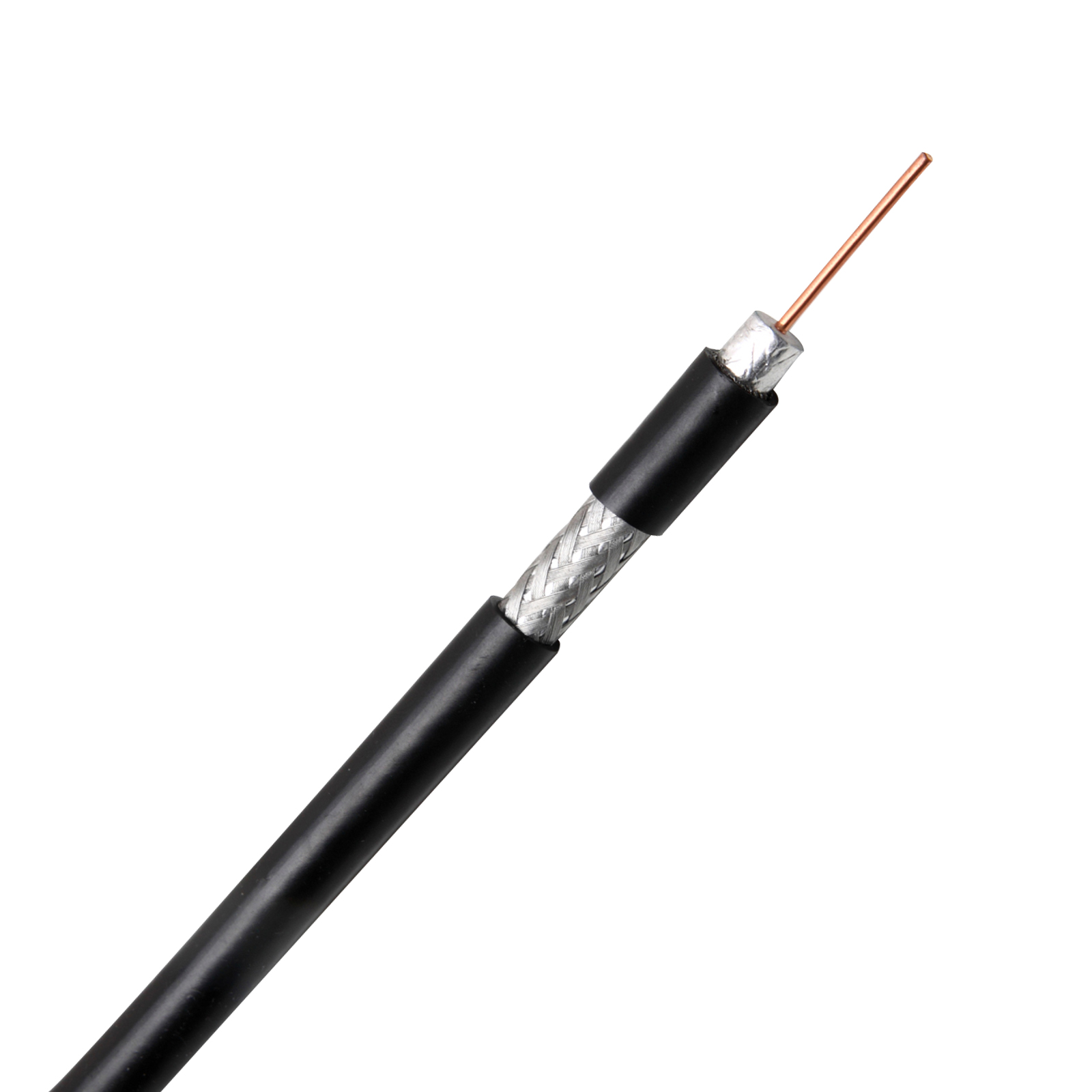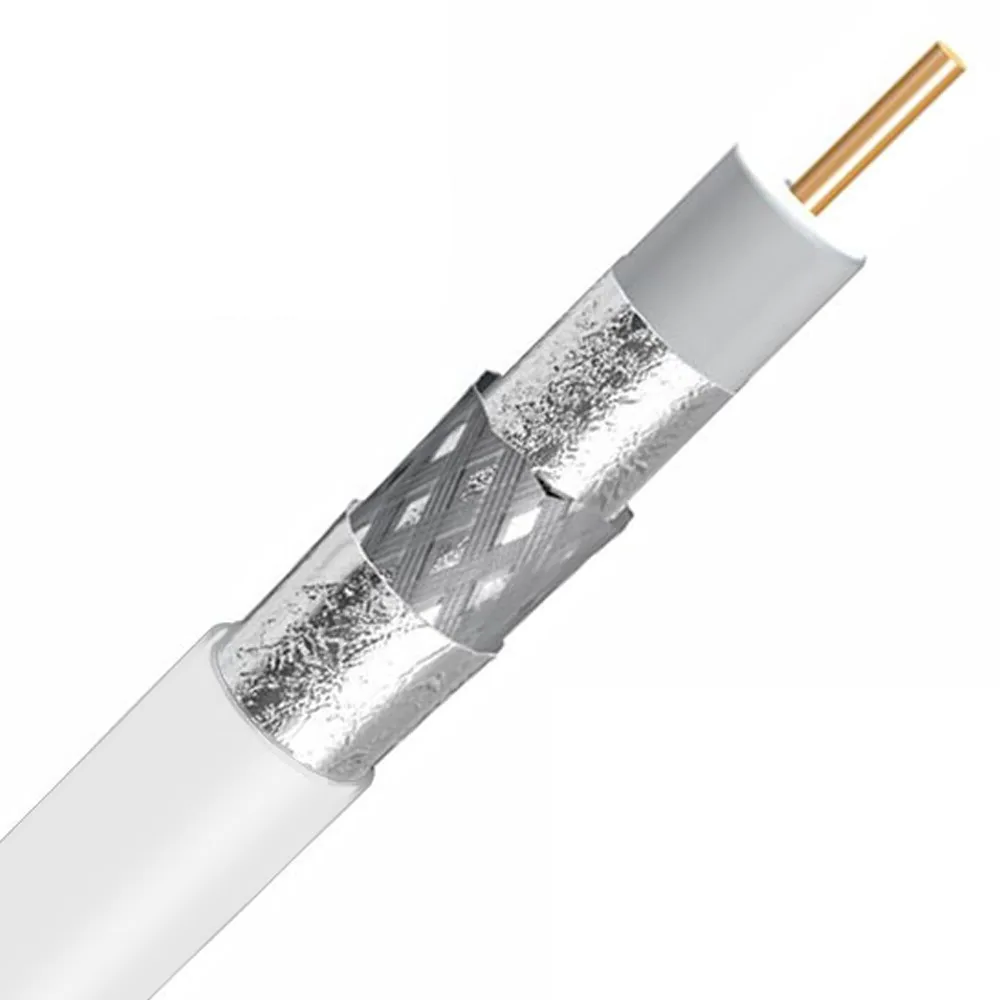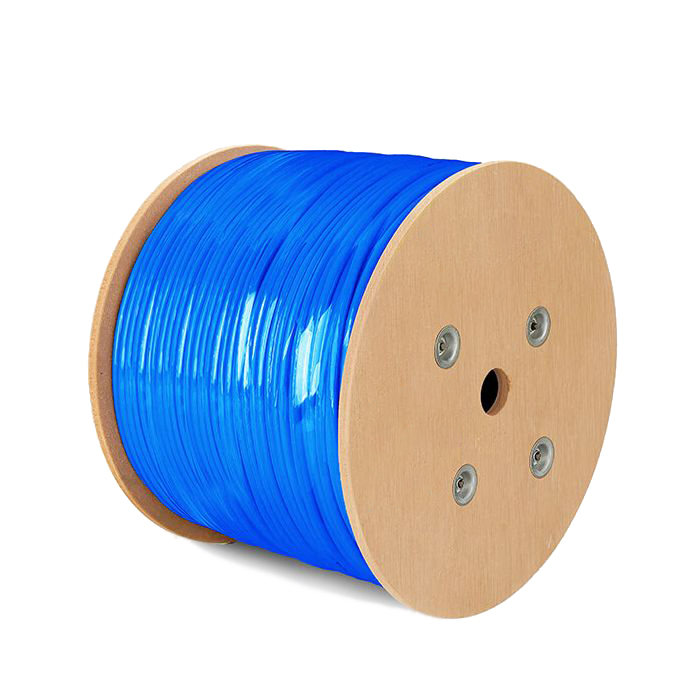Product Main Parameters
| Parameter | Details |
|---|---|
| Conductor | 23AWG Bare Copper |
| Jacket | PVC, LSZH |
| Shielding | S/FTP |
| Bandwidth | 600MHz |
| Data Rate | 10Gbps |
Common Product Specifications
| Specification | Details |
|---|---|
| Compliance | IEC, EIA-TIA |
| Color | Customized |
| Minimum Order | 100 Rolls |
| Daily Output | 200KM |
Product Manufacturing Process
The manufacturing of Cat6 patch cables involves several key processes, including wire drawing, insulating, twisting, and shielding. The wire drawing process starts with a copper rod that is drawn into thin strands, ensuring the appropriate gauge size. Following this, the wires are insulated using materials like PVC or LSZH to prevent electrical interference and ensure safety. The twisted pair design minimizes crosstalk and optimizes data transmission. Shielding is applied to enhance protection against external electromagnetic interference. Quality control is an integral part of the process, ensuring compliance with industry standards. Throughout, modern machinery and strict management practices are employed to maintain high quality and efficiency.
Product Application Scenarios
Cat6 patch cables are integral to various network setups, providing robust solutions across different environments. In residential areas, they connect devices like computers and smart TVs to modems for reliable high-speed internet. In offices, they facilitate connections between desktops, printers, and network switches, ensuring seamless business operations. Data centers heavily rely on Cat6 cables to support high throughput and low latency connections between servers and storage. Their flexibility and performance make them suitable for structured cabling and PoE applications, ensuring secure and efficient network infrastructures across diverse settings.
Product After-Sales Service
As a trusted manufacturer of Cat6 patch cables, we offer comprehensive after-sales support, including technical assistance, product replacements, and warranty services. Our team is dedicated to ensuring customer satisfaction by addressing queries promptly and providing solutions tailored to each client's specific needs.
Product Transportation
We ensure secure and efficient transportation of our Cat6 patch cables, employing standard export packaging to prevent damage during transit. We have a robust logistics network to deliver products promptly to various destinations, with the primary delivery port being Ningbo.
Product Advantages
- High Data Rates: Supports up to 10Gbps, making it ideal for demanding networks.
- Reliability: Enhanced shielding for minimal interference and stable connections.
- Backward Compatibility: Works with older standards like Cat5 and Cat5e.
- Cost-Effective: Provides excellent value with improved performance over Cat5e.
Product FAQ
- What is the maximum length for Cat6 patch cables?
The maximum length for Cat6 patch cables while maintaining optimal performance is 100 meters. Beyond this, signal degradation may occur, affecting data transmission. - How does Cat6 differ from Cat5e cables?
Cat6 cables offer higher bandwidth and data rates compared to Cat5e, supporting frequencies up to 250MHz, while Cat5e supports up to 100MHz. This makes Cat6 more suitable for high-speed networks. - Are Cat6 patch cables suitable for outdoor use?
Cat6 cables can be used outdoors if they are specifically designed for such applications, typically with weather-resistant jackets and additional protective coatings. - Can I use Cat6 cables with my existing Cat5 network equipment?
Yes, Cat6 cables are backward compatible with Cat5 and Cat5e equipment, allowing you to upgrade parts of your network gradually. - Do Cat6 cables support Power over Ethernet (PoE)?
Yes, Cat6 cables can support PoE applications, providing power and data over a single cable, which is useful for devices like IP cameras and network switches. - What kind of connector is used with Cat6 patch cables?
Cat6 patch cables typically use RJ-45 connectors, which are compatible with most Ethernet-enabled devices. - How does shielding enhance Cat6 cable performance?
Shielding reduces electromagnetic interference, allowing for more reliable data transmission and reducing the risk of data loss or corruption. - Is there a difference in flexibility between stranded and solid Cat6 cables?
Stranded Cat6 cables are more flexible and suitable for patching, whereas solid cables are less flexible but offer better performance over longer distances. - What is LSZH in Cat6 cables?
LSZH stands for Low Smoke Zero Halogen, which means the cable jacket produces minimal smoke and no halogen gases when exposed to high heat, enhancing safety in confined spaces. - Why is twisted pair design important in Cat6 cables?
The twisted pair design minimizes crosstalk and external interference, ensuring higher data transmission quality and reliability.
Product Hot Topics
- Optimizing Home Networks with Cat6 Patch Cables
Cat6 patch cables are a popular choice for home networks thanks to their ability to support high-speed internet connections and compatibility with modern devices. They ensure low latency and minimal interference, essential for streaming and online gaming. Homeowners can future-proof their network by installing Cat6 cables, which offer a performance edge over older standards like Cat5 and Cat5e. Additionally, with the growing trend of smart homes, Cat6 cables facilitate seamless connectivity between smart devices, enhancing overall user experience. - The Role of Cat6 Patch Cables in Business Efficiency
In the corporate sector, Cat6 patch cables are pivotal in ensuring efficient and reliable network connectivity. Businesses rely on high-speed data transfer for daily operations, and Cat6 cables provide the necessary bandwidth and low latency required for such tasks. By upgrading to Cat6, companies can enhance their network infrastructure without replacing existing Cat5 systems, offering a cost-effective solution. Moreover, Cat6 cables support PoE, reducing the need for additional power sources and simplifying network setups. - Data Center Performance and Cat6 Patch Cables
Data centers demand high throughput and minimal latency, making Cat6 patch cables an excellent choice. These cables support 10Gbps data rates, making them suitable for connecting servers, switches, and storage systems. The advanced shielding in Cat6 cables minimizes electromagnetic interference, ensuring stable and reliable connectivity across the center's network. As data centers continue to expand, Cat6 patch cables offer the scalability and performance required to meet increasing data demands. - Environmental Benefits of LSZH Cat6 Patch Cables
In environments where safety is paramount, LSZH Cat6 patch cables offer a significant advantage. These cables produce minimal smoke and no toxic halogen gases when exposed to fire, reducing risks in confined spaces like data centers and offices. Choosing LSZH cables enhances safety protocols without compromising on performance. Moreover, adopting environmentally friendly materials aligns with global sustainability goals, making LSZH Cat6 cables a responsible choice for modern networks. - Choosing the Right Cat6 Patch Cables for Your Network
Selecting the appropriate Cat6 patch cable involves considering factors like length, shielding, and application. For instance, environments with high electromagnetic interference benefit from shielded cables. The choice between solid and stranded cables also depends on installation requirements, with solid offering better performance over distance and stranded providing flexibility for patching. Understanding these aspects can help users make informed decisions that optimize their network's performance and reliability.
Image Description
